Best Light Spectrum to Grow Autoflowers
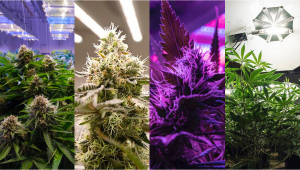
- 1. What is light spectrum?
- 2. Light spectrums in each stage
- 3. Types of light
- 3. a. Light bulbs: hps, mh, cfl, and hid
- 3. b. Full spectrum leds, and infrared and uv lights
- 3. c. Can light spectrum improve trichome production?
- 3. d. Can light spectrum improve yields?
- 4. The best autoflower light spectrum
- 5. Light spectrum faqs
- 5. a. What is cool and warm light?
- 5. b. What are "blurples"?
- 5. c. What’s the best light spectrum for seedlings?
- 5. d. Which wavelengths are essential for cannabis?
- 6. The best grow lights available in 2023
- 7. In conclusion
When growing autoflowering plants indoors we need to simulate the environment they naturally grow in. The environment includes humidity, temperature, and the most essential of them all: light. When growing indoors, the best light spectrum is one that comes as close as possible to the sun's spectrum, so basically, a full spectrum. Whether you prefer light bulbs or LEDs, you need the right light spectrum in each stage for optimum growth.
1. What is Light Spectrum?
The light spectrum is the different colors (aka wavelength) a source of light can emit. Light is measured in nanometers (nm) and each nanometer represents a band of light (a band of light is a section in the color spectrum). Humans can see a small part of the spectrum, between 380 to 780 nanometers, which means we can only see the colors ranging from violet to red. Even though it appears white, the sun is a full spectrum light source and contains the whole spectral wavelength. That’s why rainbows happen. When raindrops refract light into individual wavelengths you can see all the colors (visible to humans) that make up sunlight.
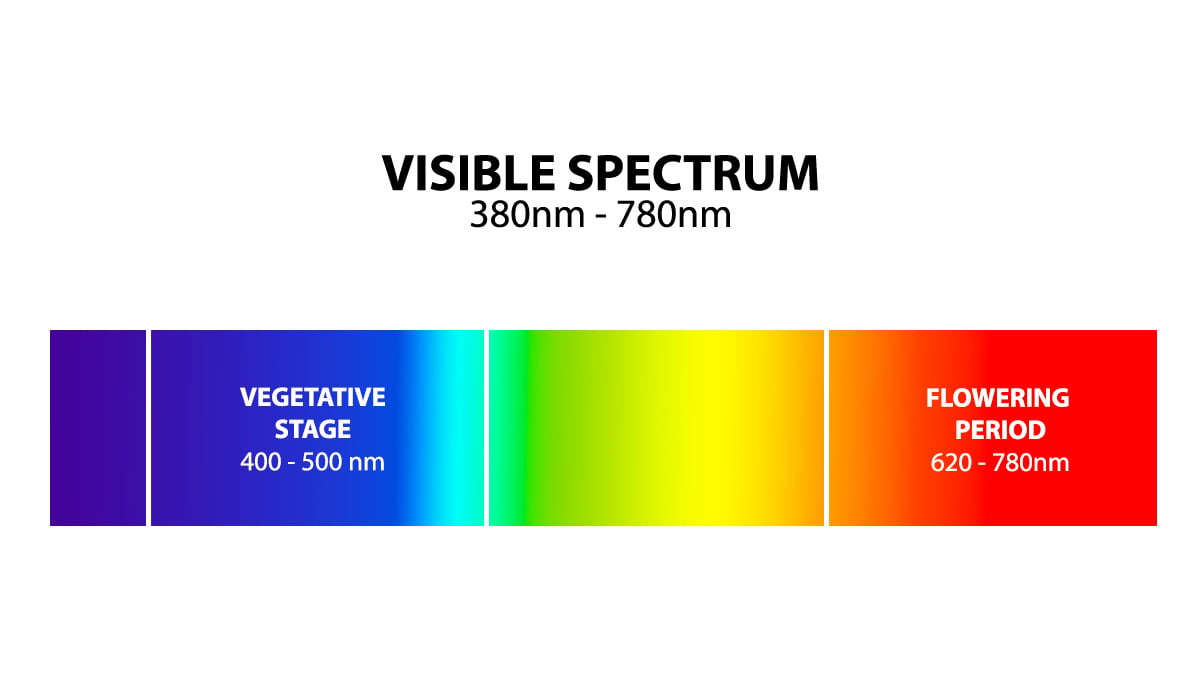
In nature, cannabis plants grow under the sun, receiving the whole spectrum of wavelengths. This means we have to provide the maximum amount of wavelength possible for the best development of our cannabis plant. Although it’s not essential, it is considered good to provide the best light spectrum to encourage plant growth. Remember this is not a rule, you can grow your cannabis plant from seed to harvest with any light spectrum or amount of light but this can seriously affect your harvest.
2. Light Spectrums in Each Stage
Best light spectrum for growing plants
During the vegetative stage, cannabis in the wild needs blue wavelengths to grow strong, big, and promote leaf growth. When growing indoors we aim to grow as many leaves as possible. With more leaves, there is more surface to absorb light, this way we ensure our plant develops a strong stem and branches preparing her for the flowering stage.
Best light spectrum for blooming plants
When entering the flowering stage, cannabis in the wild uses red wavelengths to promote bud formation. If we want to produce dense buds and increase yields we need to provide the plant red wavelengths, this will increase the rate of photosynthesis thus increasing bud formation.
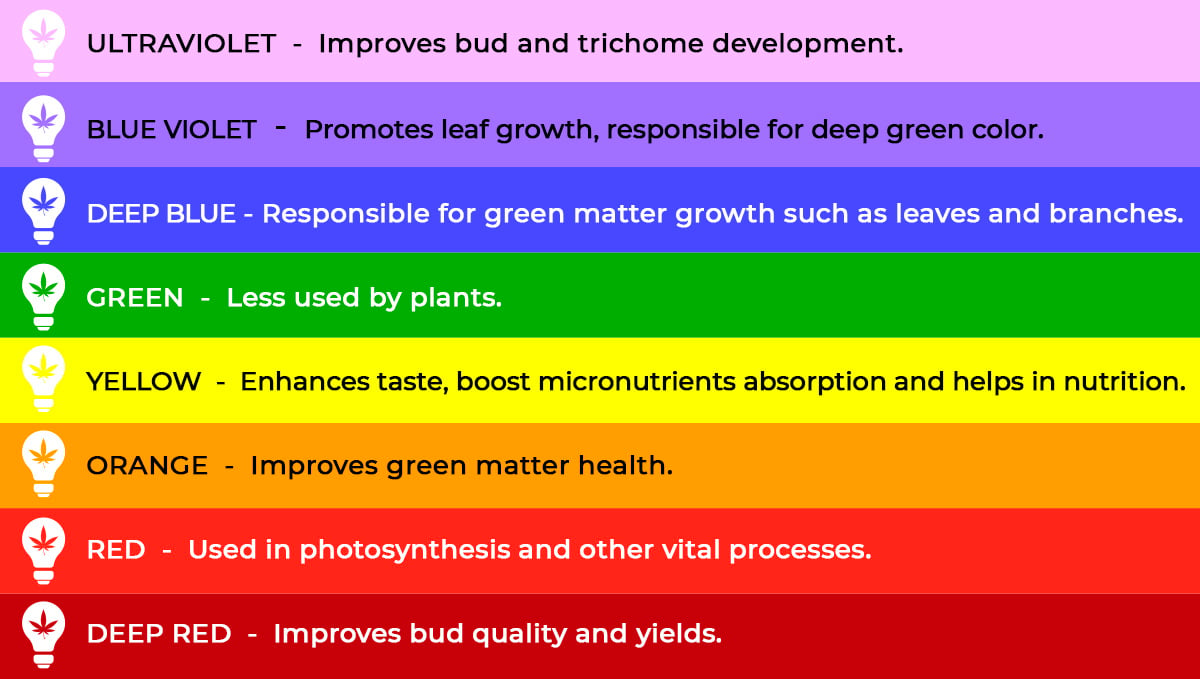
When experimenting with training, using “red” light will make plants grow taller, making it easier to train. The general rules are “blue” light = shorter and stronger plants with more leaves, “red” light = taller and weaker (when compared to plants grown under “blue” lights) plants with fewer leaves.
3. Types of Light
Cannabis grow lights are usually divided into two kinds, light bulbs, and LEDs. Light bulbs emit a limited scope of wavelength meaning there are colors of the light spectrum they don’t emit, therefore they are narrow-spectrum lights. LEDs emit almost all the colors in the spectrum, they are composed of blue, red, and white diodes allowing them to emit all the wavelengths of the spectrum, therefore making them full-spectrum lights.
LEDs vs Light Bulbs
| LEDs | Bulbs |
|---|---|
| Expensive | Cheap |
| More efficient | Consume more electricity |
| Take less space | Need more space |
| Runs cooler | Emit a lot of heat |
Light Bulbs: HPS, MH, CFL, and HID
Light bulbs come in four types: Metal Halide (CMH), High Pressure Sodium (HPS), Compact Fluorescent Lights (CFL), and High Intensity Discharge (HID). MH bulbs are rated around 6500 Kelvin and are usually used for cannabis in the vegetative stage because they emit “blue” light (aka colder light). HPS bulbs are rated at 2000 Kelvin and are usually used for cannabis in the flowering stage for their “red” light (aka warmer light).
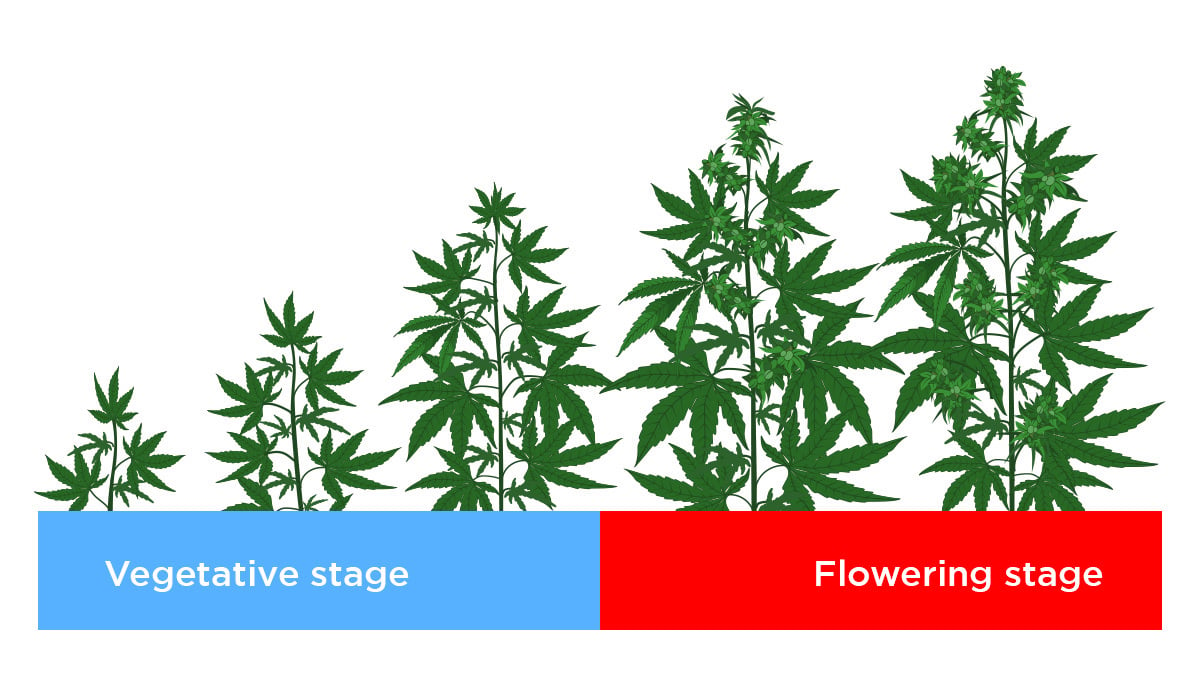
CFLs are rated at around 5000 Kelvin, they emit a very weak “blue” light and are only used with cannabis seedlings and clones as they just need to develop roots for the first couple of days when the vegetative stage begins they should be transferred to a growing space with stronger lighting. HID can cover from 3500 to 5000 Kelvin, they are similar to HPS but contains xenon inside, thus emitting a different light spectrum and are more efficient while being more compact.
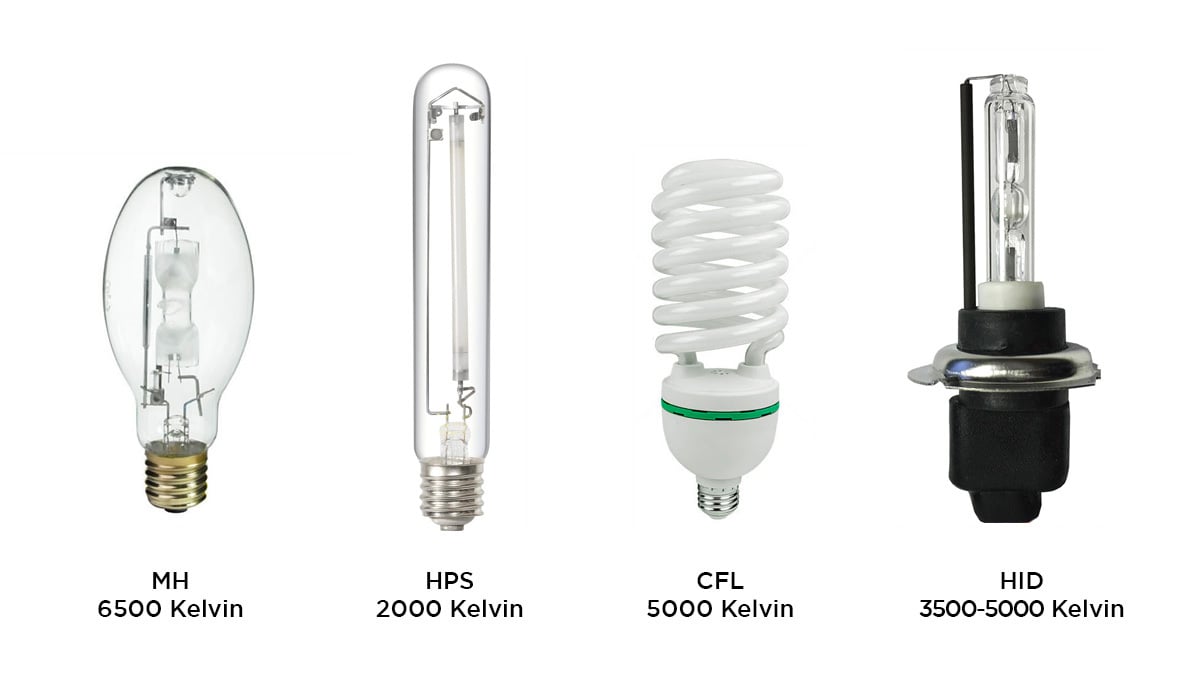
You can also grow your plants under both CMH and HPS bulbs, this is called a mixed light spectrum and will ultimately result in a better harvest.
Pros:
- Cheaper than average LED lights
- You don’t need to change the whole fixture, just replace the bulb
Cons:
- Electricity cost is higher if compared to LEDs.
- Need extra equipment for cooling.
- Requires changing bulbs (CMH to HPS) when entering the flowering stage.
Full Spectrum LEDs, and Infrared and UV Lights
All LEDs are full-spectrum lights unless advised, they may not contain all wavelengths but will emit the needed amount for each stage of cannabis plant growth, unlike light bulbs, you won’t have to change anything other than your timer when you’re about to enter the flowering stage. You can find full-spectrum LEDs that have UV and infrared diodes, if not, there are LEDs designed to emit those spectrums. They’re not that common in cannabis indoor growing but are said to benefit growers.
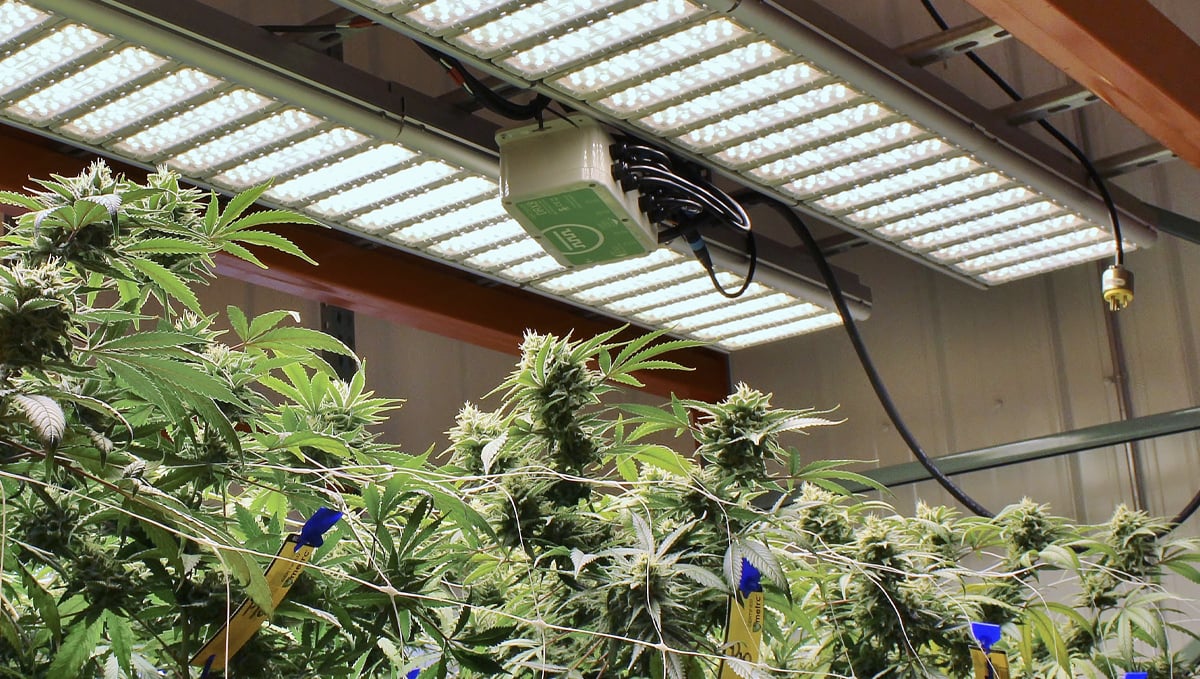
Just like everything else on the planet, cannabis plants are damaged by too much UV light but at the right amount. It can promote trichome production as cannabis plants produce trichomes to protect themselves from too much light. As UV lights, infrared lights can harm your plants in excess but at the right amount, they can boost photosynthesis, and affect yields, plant growth, and plant health in a positive way.
Pros:
- Used on the entire life cycle.
- Energy-saving.
- Longer lifetime than bulbs.
Cons:
- Higher cost.
It’s unusual to have UV and Infrared lights, they’re expensive and are NOT essential for growing good flowers. They’re recommended for more experienced growers who want to experiment with different spectrums. If you want to learn a bit more about UV lights, here’s some information that might help you make the right decision when shopping for these types of lights:
UVA Lights
UVA is part of a cannabis plant’s natural environment so it can enhance cannabinoid and terpene production when introduced at the right time.
UVB Lights
UVB can enhance plant color, terpenes, and cannabinoids while protecting your garden against harmful microorganisms but long-term exposure might be harmful. So make sure to experiment before adding UVB light to your garden as all strains will react differently when exposed to UVB light.
UVC Light
UVC is not required to grow cannabis and can quickly damage your plant’s DNA, so it’s not recommended for cannabis growing although it can be used to sterilize your grow room fast and easily.
Can Light Spectrum Improve Trichome Production?
Having said this, keep in mind that research does not show concrete proof that the light spectrum can provide a significant increase in THC and CBD production. Research conducted by Utah State University revealed that, yes, there is an increase in CBD and THC but it’s so minimal that maybe it’s not a good idea to spend extra money. Just to give you an idea, here’s what this research found on CBD and THC production under different light spectrums:
| Spectrum | 2000K (HPS) | 3000K | 3500K | 5000K (MH) |
|---|---|---|---|---|
| CBD % | 16 | 16.1 | 15.4 | 15.3 |
| THC % | 0.62 | 0.67 | 0.64 | 0.61 |
Keep in mind that this test was performed with CBD strains, that’s why the THC percentage is so low. Now, by analyzing the table you can see there is an increase in THC and CBD production but it’s minimal so make sure to research before spending hundreds of dollars on a new light.
Can Light Spectrum Improve Yields?
Utah State University also conducted research to see how the different spectrums can affect yields, so in case you’re interested, make sure to see the table below.
| Spectrum | 2000K (HPS) | 3000K | 3500K | 5000K (MH) |
|---|---|---|---|---|
| Yield | 79 grams | 73 grams | 87 grams | 76 grams |
Again, there is a difference in yields but is not significant, which means that yes, growing under the right light spectrum will result in slightly better yields and slightly more trichome production but you don’t need to buy a new light, as long as you’re providing enough light and are taking good care of your plants you will still get excellent results.
4. The Best Autoflower Light Spectrum
As most of you already know cannabis plants have two stages: the vegetative stage, and the flowering stage, needing a different light schedule and spectrums in each one of them. Unlike photoperiodic cannabis plants, autoflowers enter the flowering stage automatically and depend solely on age to start producing buds.
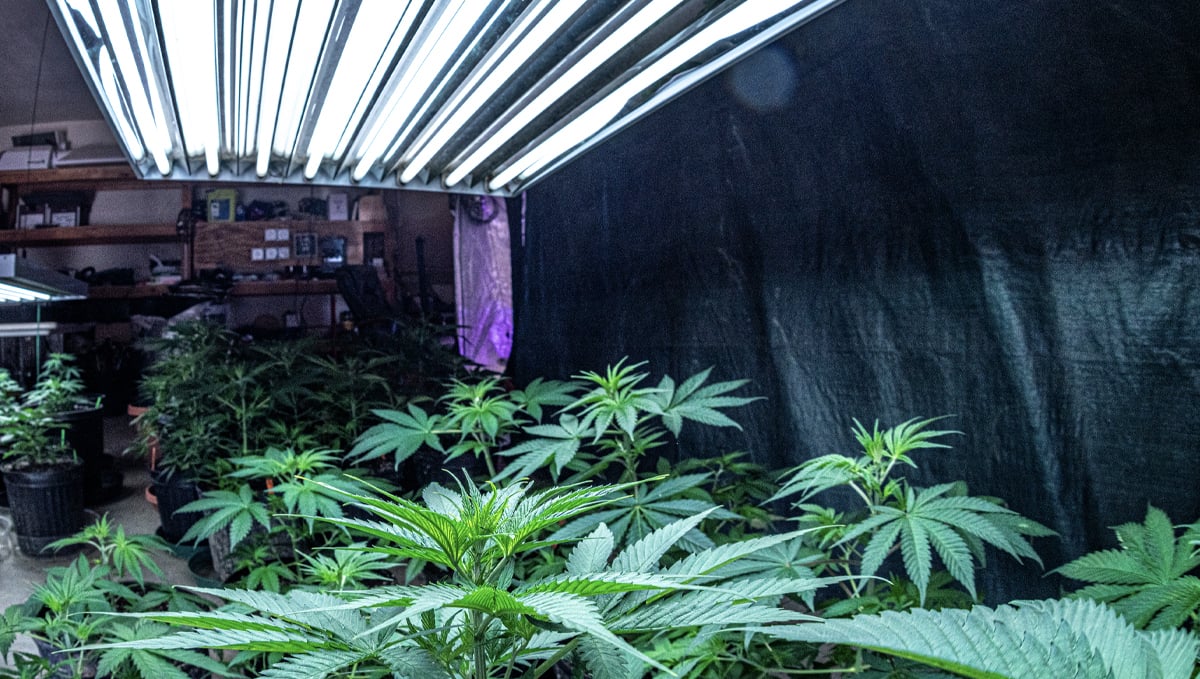
That’s why it's essential to choose your cannabis light spectrum carefully, we recommend using a mixed light spectrum of warm and cold light bulbs (CMH and HPS) or a full-spectrum LED during the whole lifecycle of your autoflower. This way your plant will receive a complete light spectrum, guaranteeing the best flowers and biggest yield.
5. Light Spectrum FAQs
What is cool and warm light?
When talking about lights, “cool” or “warm” refers to the light spectrum, which goes from violet to red. So, cool colors are on the lower end of the light spectrum and include colors such as violet, blue and green while warm colors are on the higher end and include yellow, orange, and red.
What are "blurples"?
Blurples are LED fixtures that emit a purple light, in general, these lights claim to be full-spectrum but actually only contain blue and red diodes that emit specific wavelengths.
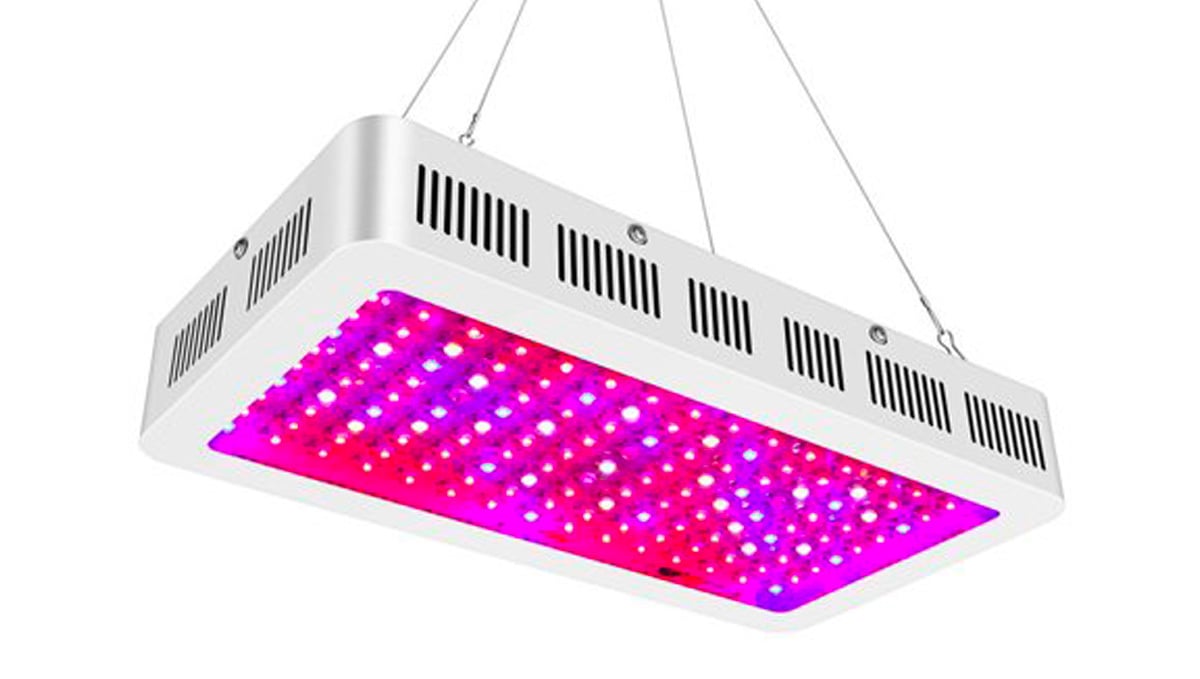
These lights can be used to grow cannabis but you need to have in mind that they do NOT emit a full spectrum, they’re just emitting a small part of the blue and red light spectrum so make sure you research before buying your new LED.
What’s the best light spectrum for seedlings?
As you may know, cannabis seedlings are in the vegetative stage so they will react better to blue or cool lighting. If there’s not enough blue light your seedling may end up stretching too much so even despite not needing a lot of light power, you should provide the right spectrum. If you don’t want to use high-intensity lights or you cannot dim down your LED, you can use 50w CFL bulbs for seedlings and clones until they’ve grown enough to be transferred to a more powerful light fixture.
Which wavelengths are essential for cannabis?
When looking for a light fixture, you should make sure that the 440nm and 660nm wavelengths are at peak, meaning that your lights should emit more red and blue than the others but should definitely provide all of them.
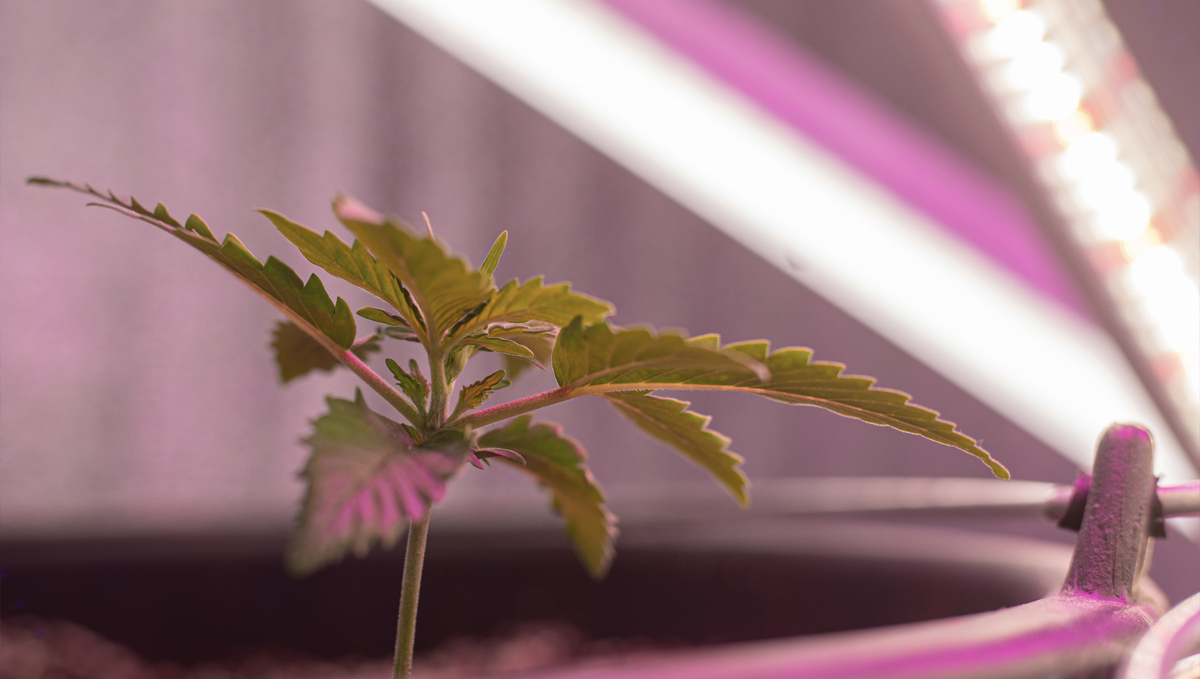
If you don’t know or the manufacturer doesn’t specify it, don’t doubt to send them an email, most respectable companies will provide this information.
6. The Best Grow Lights Available in 2023
It wasn't that long ago that cannabis farmers were relying solely on HID lighting rigs for pretty much 100 percent of grow rooms around the world. Tents the size of a portapotty to grow larger than aircraft hangers, everyone was using the tried and true, gold standard, in cannabis cultivating lights. That is, until about 7 years ago. Things started to change back around 2015, and the lights that have come to revolutionize indoor grow rooms are not going anywhere, anytime soon. We are talking about, of course, LED grow lights. And don't get me wrong. It wasn't a cut-and-dry shift. It has taken decades for LED grow lights to overtake traditional HID rigs, and there was a long overlap where growers were using a mix of the two.
But in the past few years, boy oh boy have things exploded. In the past two years alone, LED lighting technology has advanced to the point that LED panels are the only thing really seen anymore, and they can sustain nearly any grow space with almost incredible results. The light spectrum has a lot to do with this shift, on top of the other obvious advantages that come with using LED tech. LED panels can be easily tuned to reflect exactly what the cultivator wants to provide.
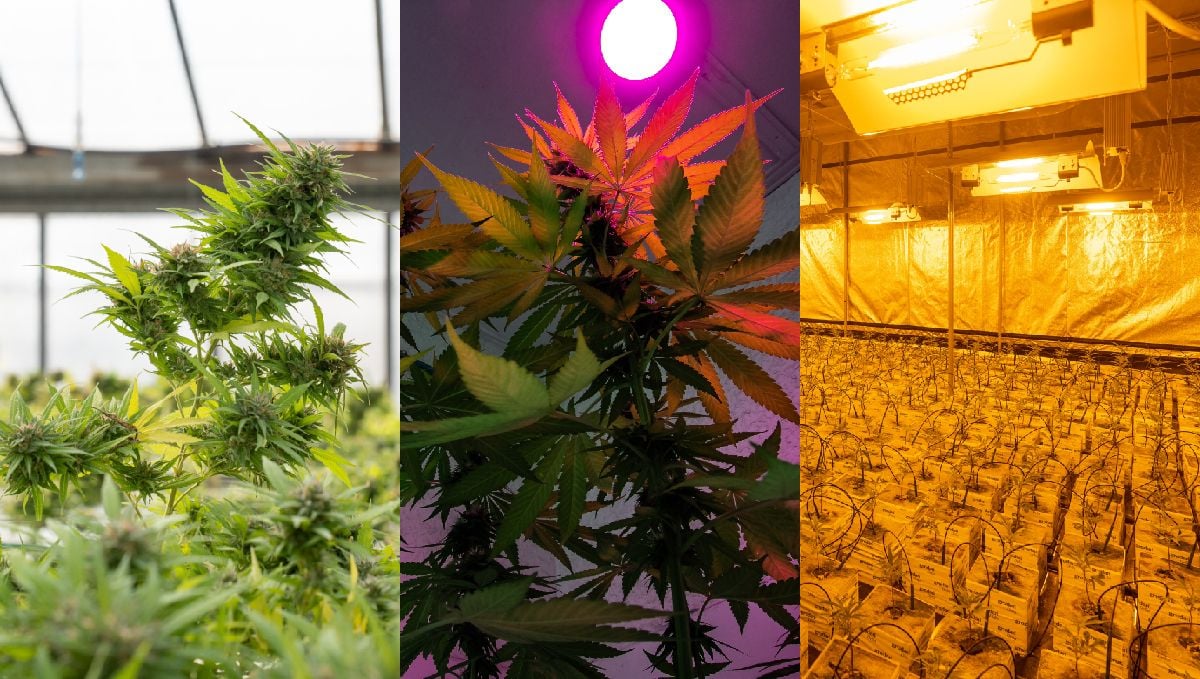
This year, there are quite a few options for growers looking for top-of-the-line LED lights and we’ve done our research to determine which ones are best in 2023. As we said, the market is exploding with amazing options - from the super cheap (and maybe not so mighty), to top-dollar units that produce top-shelf sticky-icky. This is just a quick rundown of the best single unit in the high-end, mid-range, and budget categories. We will be dropping in-depth reviews of each LED unit in the coming weeks (plus a bunch more), so keep an eye out for them.
The best high-end LED panel - HLG 650R (5x5 to 7x7 foot - 1.5x1.5 to 2.2x2.2 meters)
This light has been on the market for a few years now, but it still holds its own against the newer options, and then some. This was actually the first high-end panel we ever tested all by itself, and god damn were we impressed. We have since tested out a bunch of the competition, and there are lots of good options out there, but we are still waiting to see a crop perform better under another LED panel. With an array of both 4000K Samsung LM301H LEDs and red 660nm diodes, this is a true full-spectrum option, and it is about as energy-efficient as LED panels get right now. It has an in-built dimmer that allows control between 160 to 630 Watts, has a fully backed 5-year warranty, an auto-sensing power supply that works with 120VAC, 240VAC, and 277VAC, and a really cleverly designed passive-cooled design.
The best mid-range LED panel - Mars Hydro TSW2000 (4x4 foot - 1.2x1.2 meters)
Mars Hydro TSW2000 has been around for 4 years, but this 2022 upgrade makes it the best mid-range option (in our eyes). It's actually cheaper than a bunch of the other mid-rangers, and could almost fit into the budget category, but we'll leave it here. This new version comes with a new diode arrangement for better light spread, as close to real sunlight spectrum light on the market, dimming options with full daisy chain connectivity, and it's as quiet as any fan-cooled light we have tested.
Best budget LED panel - Viparspectra P1500 (3x3 foot - 0.9x0.9 meter)
A beast of a 150W LD panel, the results that home growers are getting with this unit really do speak for themselves. And while it is one of the cheaper options, it still manages to pack in all the features we expect from higher-priced panels. We are talking about a dimmer, full spectrum coverage, high penetration, low power usage, and with a 3-year warranty there is really no reason not to give this one a go! It's the perfect panel for growers looking to add a bit of extra grunt to their light output. So, there you have it, our top picks in high, mid, and low-range LED panels right now.
7. In Conclusion
The light spectrum for weed is a small part of a much bigger system, there’s nothing as better light for your plant or best weed light. But remember, the final product does NOT depend solely on your light. The best light for cannabis growing will depend on your growing conditions and your ability to keep them between the ideal ranges for each stage. So depending on which type you choose, either an LED or bulbs, you’ll have to adjust your growing environment accordingly to guarantee the best result possible.
External references
- Light Spectrum. - Vance, Carter. (2019).
- The Effect of Light Spectrum on the Morphology and Cannabinoid Content of Cannabis sativa L. - Magagnini, Gianmaria & Grassi, Gianpaolo & Kotiranta, Stiina. (2018).








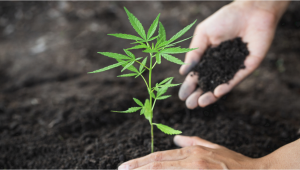

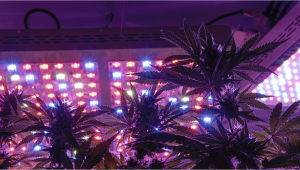
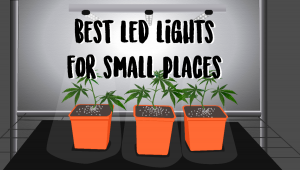

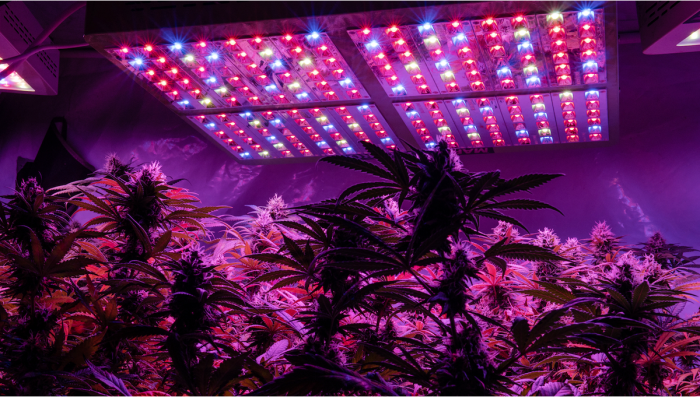
Comments